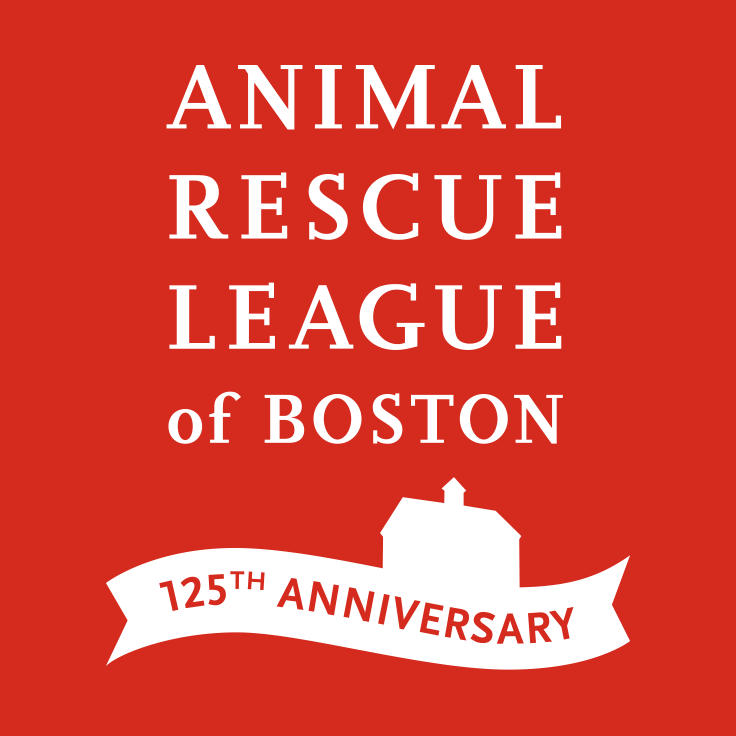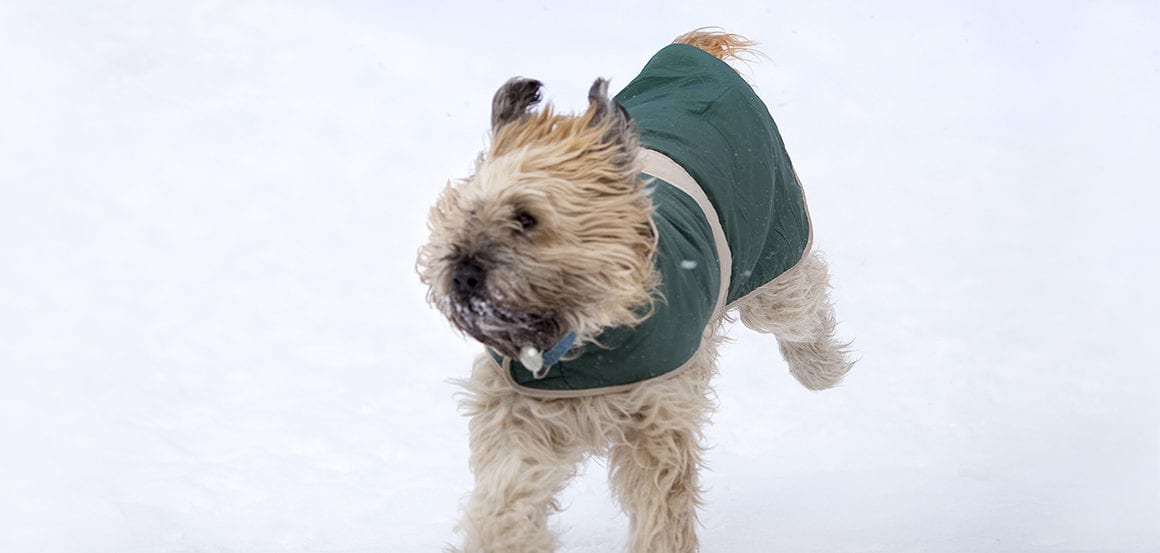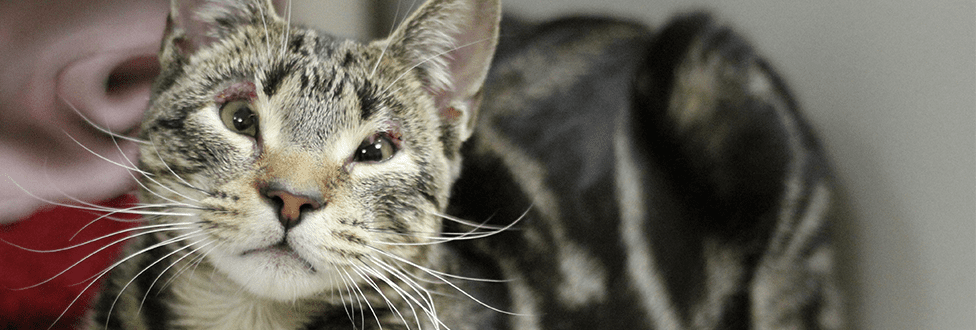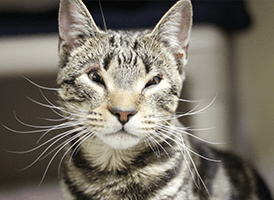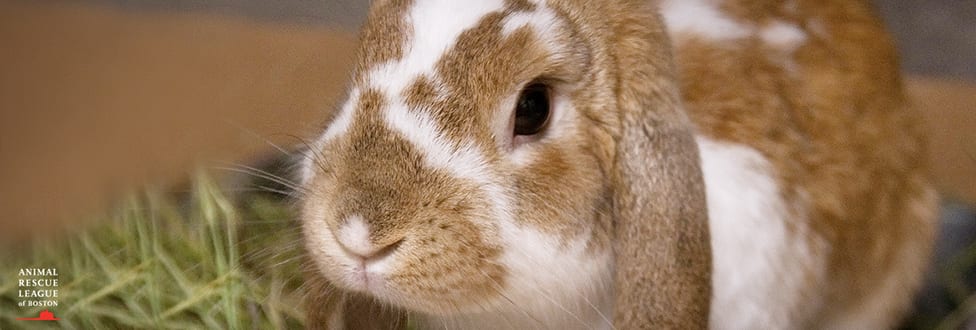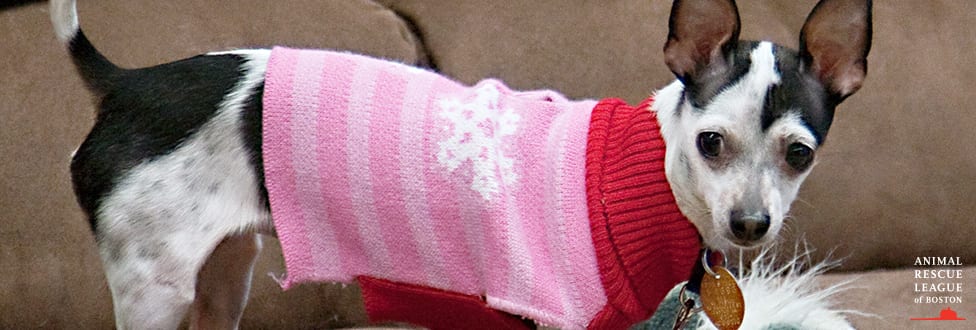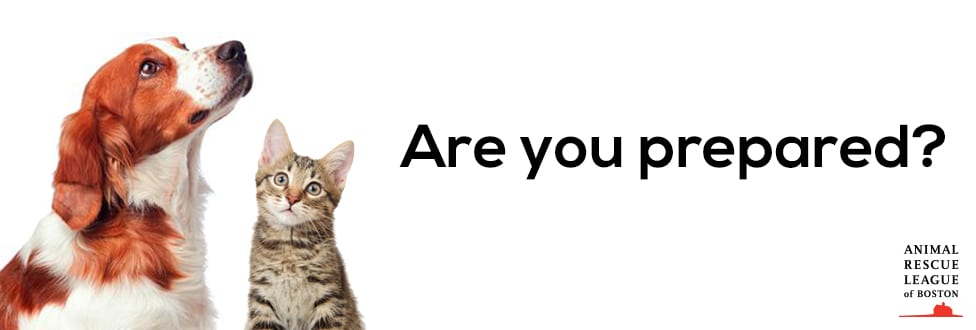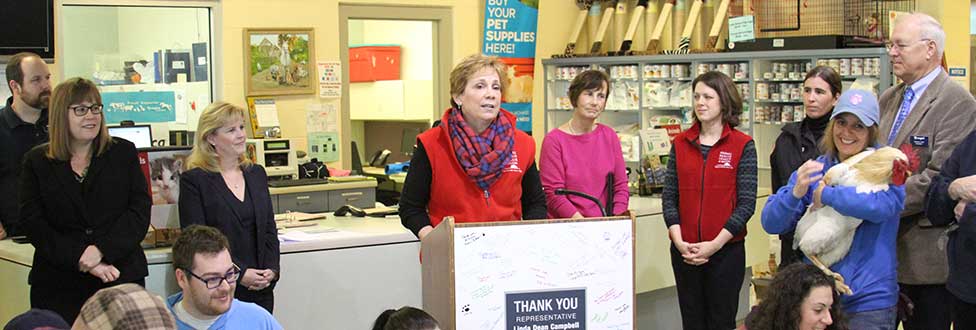Mass Animal Fund Voucher Program Fueling ARL’s Spay/Neuter Clinic
Funding Provided Through Line 33F Campaign
It’s the height of tax season, and Massachusetts residents once again have the opportunity to donate to the Massachusetts Animal Fund (MAF); an organization dedicated to eradicating animal homelessness through spay and neuter programs. This week the Animal Rescue League of Boston (ARL) and MAF officials gathered at ARL’s Dedham Shelter to discuss the importance of expanding this highly successful program.
“Right now there are 256 municipalities and about 30 veterinarians participating in the program statewide,” said Lauren Gilfeather, Coordinator for MAF. “It’s a safety net for people who are enrolled in state-funded assistance programs, and who may not be able to afford to have their pet spayed or neutered.”
The MAF was created in 2012, is administered by the Massachusetts Department of Agricultural Resources, and funded through the voluntary tax check-off (Line 33f) on the Massachusetts resident income tax form as well as monetary donations. With current funding levels, MAF can provide vouchers for about 1,100 surgeries annually. However, with just a minimal donation amount, that number could increase dramatically.
“If every Massachusetts taxpayer donated just $1, we could help up to 40,000 animals a year,” Gilfeather said.
Local animal control officers may request vouchers for dogs and cats held in their respective municipal shelters, or on behalf of low-income residents or feral trappers who request them. Since the first vouchers were disseminated in July 2014, more than 7,500 surgeries have been performed state-wide, nearly 800 by ARL alone.
“The Animal Rescue League of Boston was one of the first providers to sign on and through the Spay Waggin’ has been able to get to areas on the South Shore where we don’t have providers,” Gilfeather said. “ARL has been always been supportive and is a big reason for the program’s success.”
In conjunction with MAF, ARL is currently operating a Community Surgical Clinic at its Dedham location every Friday. The clinic offers low-cost spay and neuter services for pet owners who have received an MAF voucher from their local animal control officer and area animal shelters that need assistance for animals in their care. In addition, the clinic will soon be able to offer other services as well, including dental procedures. Appointments can be made online, and you MUST have an MAF voucher to receive services.
“The Dedham Community Surgical Clinic will provide much needed surgery space for clients with MAF vouchers that are not able to schedule elsewhere for their pet’s surgery,” said Cheryl Traversi, ARL Associate Director of Community Services. “By operating this clinic, ARL is ensuring that we are providing even more spay and neuter surgeries to the pets and pet owners in the greatest need.”
Your Donations Matter
Homeless Animal Prevention and Care is one of six causes listed on Line 33 of the Massachusetts resident income tax form, and taxpayers can contribute any amount they choose. ARL encourages any Massachusetts taxpayer who has a compassion for helping animals in need to contribute to the cause, and help us ensure that animals are safe and healthy living in communities and out of shelters.
